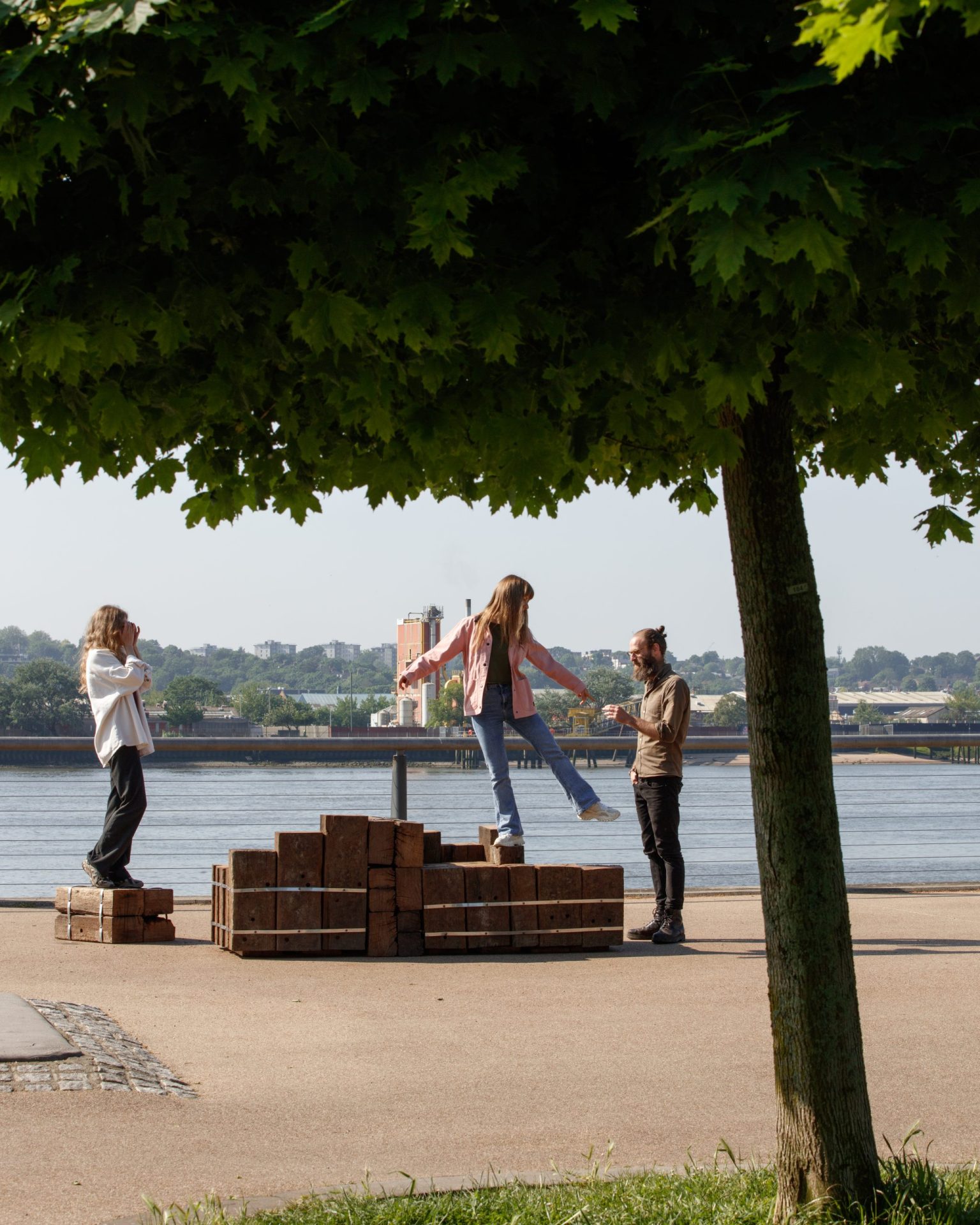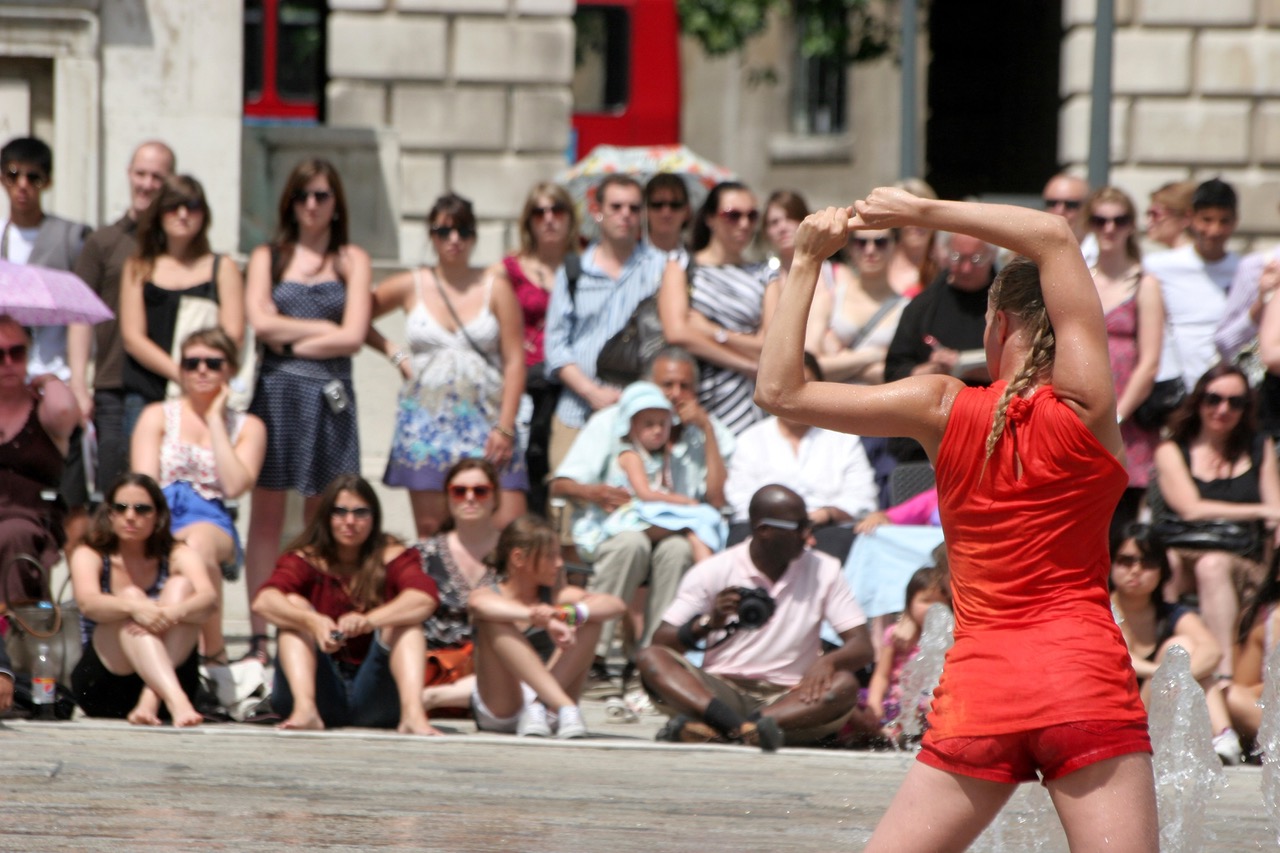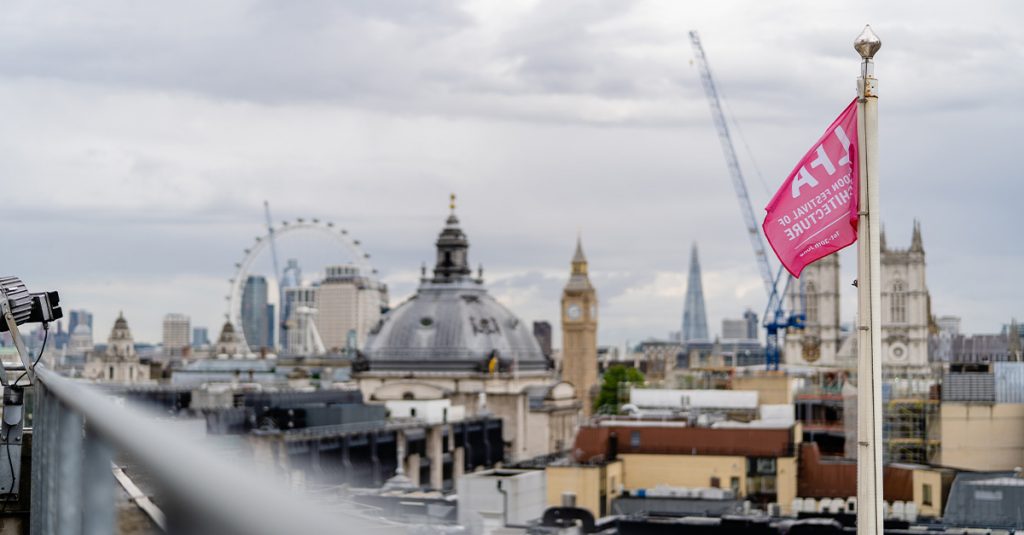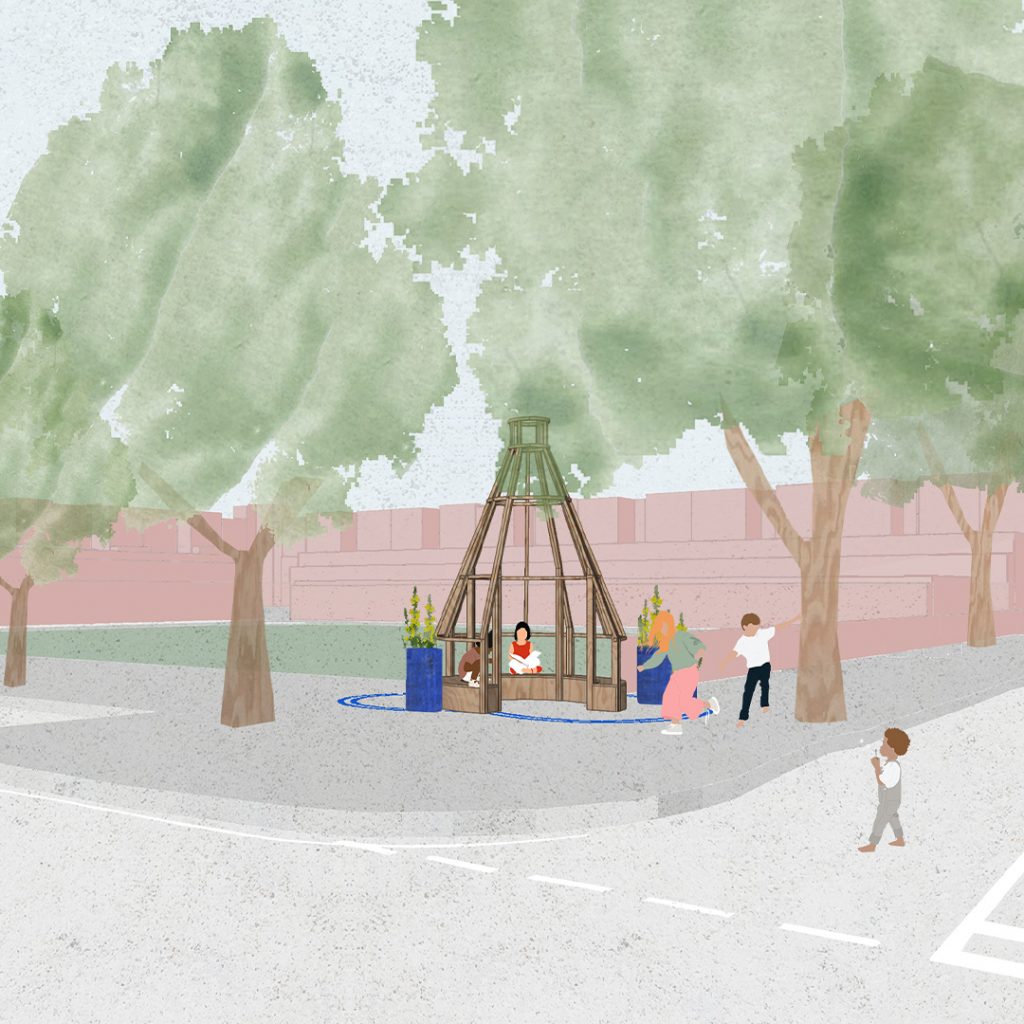
White cube or blank box? Listed building or reused space? Is there ever an ideal setting in which to view artworks?
Wednesday evening’s event ‘Art Galleries in Reclaimed or Listed Buildings’ brought together four creative industry professionals to discuss various approaches to artistic display. Over the past 50 years the White Cube has dominated the art world as the primary method in which to display modern and contemporary artworks. However, while the simplicity of a white walled space creates a pure and focused environment, considering heritage and listed buildings as gallery space brings about some interesting debates.
Cromwell Place was presented by Paul White of BuckleyGrayYeoman as a project which presents a new type of gallery model. When complete, the project will combine five listed buildings to create a modern, multi-levelled co-working gallery space. Director Paul White described the project as a ‘new gallery hub’ in which artists, curators and gallerists can share resources, ideas and space. While co-working gallery spaces are not a new concept, it is arguably the generous Victorian architecture which will create the unique yet highly functional collaborative gallery space.
Marlene von Carnap, Associate Director at Michael Werner Gallery, also presented her views on art placed within antiquated buildings. Her gallery space, set in the heart of Mayfair, makes use of tall ceilings and an abundance of Georgian wooden detailing. While the dramatic setting could be viewed as distracting by some artists, Marlene said that more often than not, the history of the building responds to the thematic diversity of their collections.
Both examples present positive alternatives to the hyper-modern White Cube display. However, there does exist undoubtable conflicts between the unification of contemporary art and listed buildings. Vanessa Norwood, Creative Director of the Building Centre, discussed the love/hate triangle between artists, curators and architects. While listed and heritage space is famed for its beauty, the tall ceilings and sweeping windows make environmental control difficult. The artist and curator, she argued, will tend towards more White Cube spaces to enable air, light and temperature to be properly controlled, while the architect is more focused on preserving architectural history.
White Cube spaces are undoubtedly beautiful, but also have a tendency to be create lifeless and dry exhibitions. Perhaps the natural antagonisms and alliances that come with showing contemporary art in historic and listed buildings is one way in which to strengthen exhibition design.







